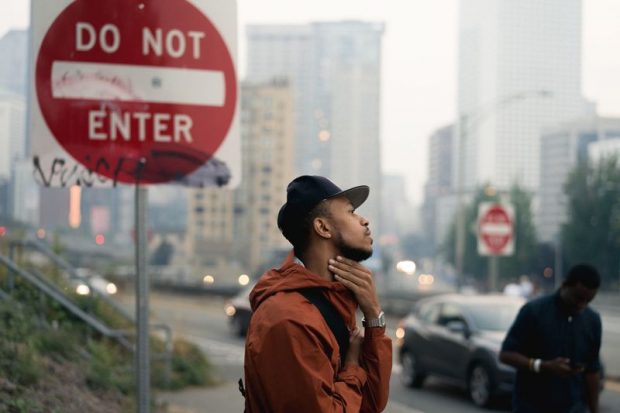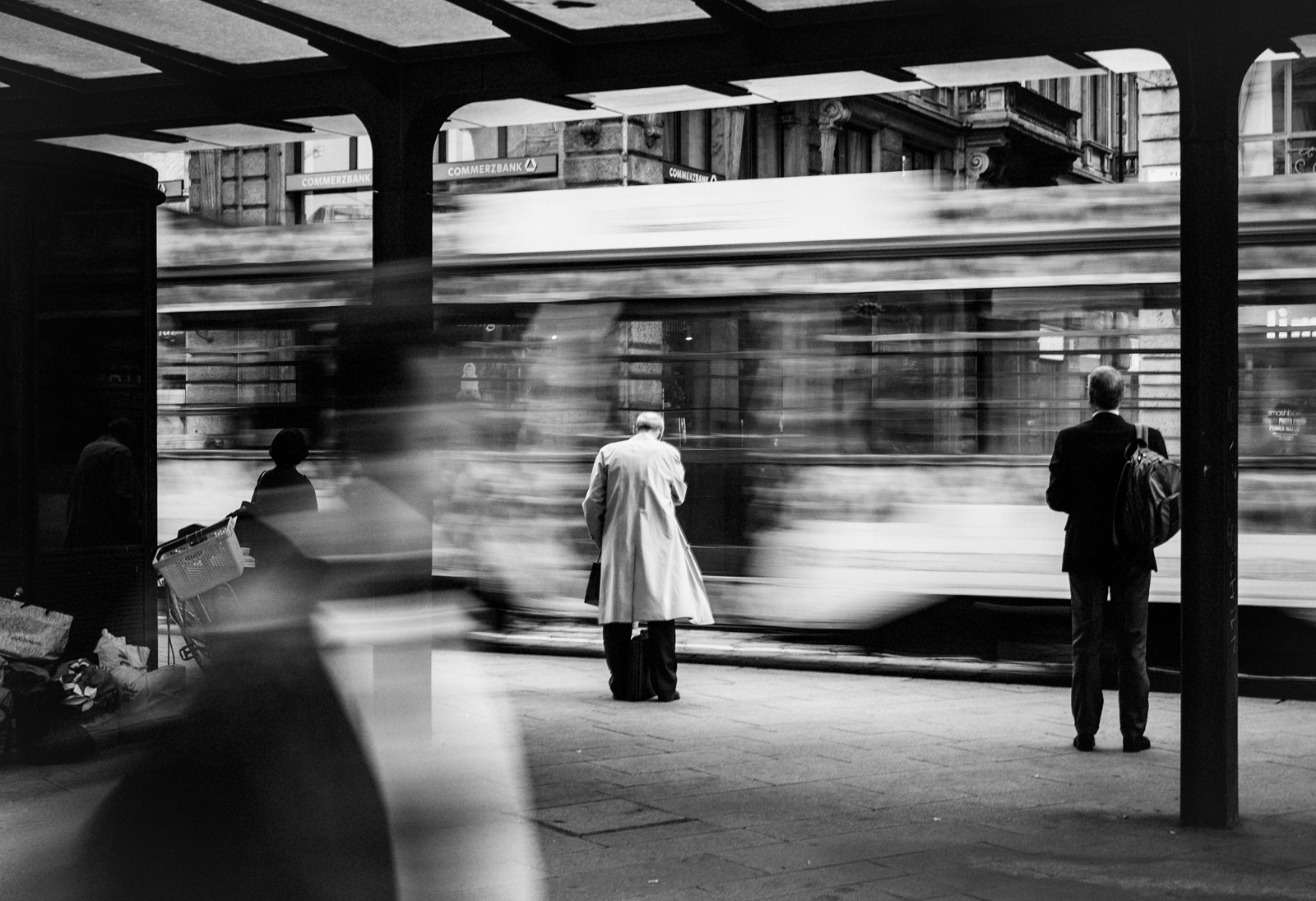The Framing Streets Ideas
The Framing Streets Ideas
Blog Article
Little Known Facts About Framing Streets.
Table of ContentsMore About Framing StreetsThe Single Strategy To Use For Framing StreetsFraming Streets Fundamentals ExplainedThe Single Strategy To Use For Framing Streets4 Simple Techniques For Framing StreetsUnknown Facts About Framing Streets
, typically with the purpose of recording pictures at a definitive or touching minute by mindful framework and timing. https://www.mixcloud.com/framingstreets1/.
Examine This Report about Framing Streets
Susan Sontag, 1977 Street photography can focus on people and their actions in public. In this respect, the road photographer is similar to social docudrama photographers or photographers who likewise function in public areas, but with the goal of recording relevant events. Any one of these professional photographers' photos might capture individuals and property noticeable within or from public areas, which commonly entails browsing honest problems and regulations of personal privacy, safety, and building.
Representations of daily public life develop a genre in almost every duration of globe art, starting in the pre-historic, Sumerian, Egyptian and early Buddhist art durations. Art dealing with the life of the street, whether within views of cityscapes, or as the dominant concept, shows up in the West in the canon of the North Renaissance, Baroque, Rococo, of Romanticism, Realism, Impressionism and Post-Impressionism.
Little Known Facts About Framing Streets.
Louis Daguerre: "Boulevard du Holy place" (1838 or 1839) In 1838 or 1839 the very first picture of figures in the street was videotaped by Louis-Jacques-Mand Daguerre in one of a set of daguerreotype sights extracted from his workshop window of the Blvd du Holy place in Paris. The 2nd, made at the elevation of the day, reveals an unpopulated stretch of street, while the other was taken at regarding 8:00 am, and as Beaumont Newhall records, "The Boulevard, so regularly filled up with a relocating crowd of pedestrians and carriages was completely singular, except a person who was having his boots combed.
, that was motivated to embark on a comparable documentation of New York City. As the city created, Atget assisted to advertise Parisian roads as a worthwhile subject for photography.

Framing Streets Fundamentals Explained
Martin is the very first tape-recorded digital photographer to do so in London with a disguised important source camera. Mass-Observation was a social research study organisation established in 1937 which aimed to tape daily life in Britain and to tape the reactions of the 'man-in-the-street' to King Edward VIII's abdication in 1936 to wed separation Wallis Simpson, and the succession of George VI. The principal Mass-Observationists were anthropologist Tom Harrisson in Bolton and poet Charles Madge in London, and their initial report was produced as the book "May the Twelfth: Mass-Observation Day-Surveys 1937 by over 2 hundred onlookers" [] Home window cleaner at Kottbusser Tor, Berlin, by Elsa Thiemann c. 1946 The post-war French Humanist Institution photographers located their subjects on the street or in the diner. In between 1946 and 1957 Le Groupe des XV every year exhibited job of this kind. Andre Kertesz. Circus, Budapest, 19 May 1920 Road photography created the significant web content of 2 exhibitions at the Museum of Modern Art (Mo, MA) in New york city curated by Edward Steichen, 5 French Professional Photographers: Brassai; Cartier-Bresson, Doisneau, Ronis, Izis in 1951 to 1952, and Post-war European Digital Photography in 1953, which exported the concept of street photography worldwide.

How Framing Streets can Save You Time, Stress, and Money.
, then a teacher of young youngsters, linked with Evans in 193839.'s 1958 publication,, was substantial; raw and often out of emphasis, Frank's images questioned traditional photography of the time, "tested all the official rules laid down by Henri Cartier-Bresson and Pedestrian Evans" and "flew in the face of the wholesome pictorialism and wholehearted photojournalism of American magazines like LIFE and Time".
Report this page